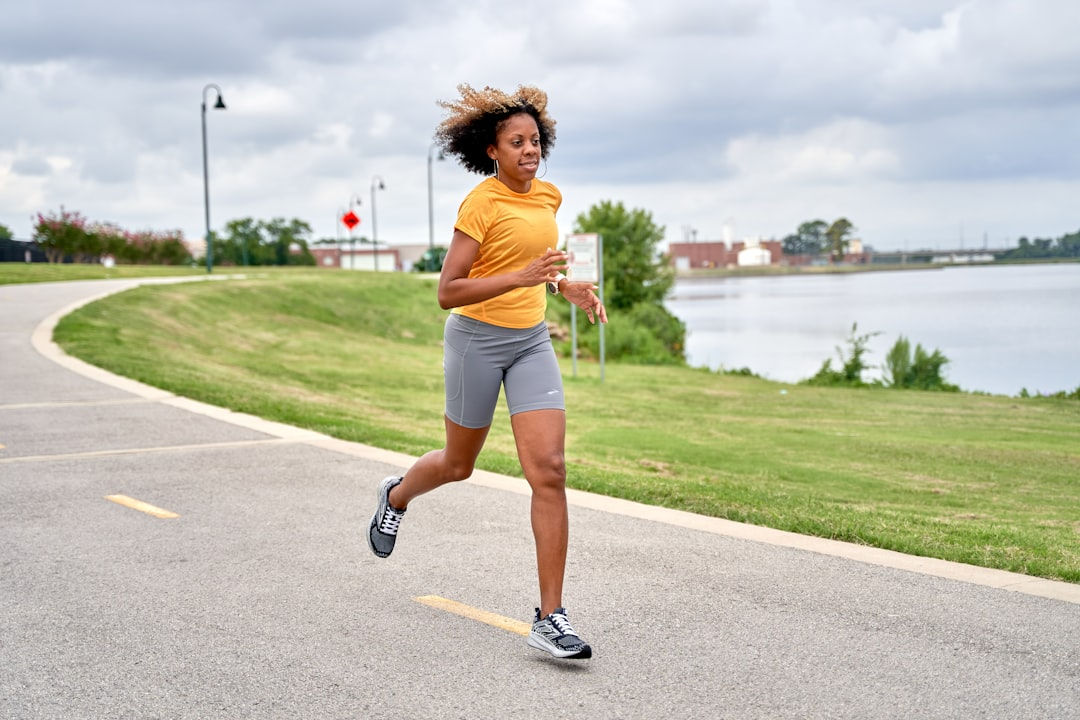A growing body of sports science emphasises that recovery isn’t just a passive break—it’s a critical part of performance optimisation. The body doesn’t grow stronger during the workout itself, but during the recovery phase when muscles repair and adapt. For athletes and coaches, recognising the difference between simply stopping training and actively engaging in recovery strategies can mean the difference between progression and plateau. Understanding this aligns us with the E-E-A-T framework: drawing on experience (observing recovery in action), applying expertise (using evidence-based techniques), establishing authoritativeness (grounded in research and best practice), and fostering trustworthiness (through consistent implementation).
Research shows a variety of recovery methods are used—hydrotherapy (such as contrast water immersion), compression garments, active recovery (light exercise), massage, sleep optimisation, and nutrition. However, the key insight is this: there’s no one-size-fits-all protocol. A systematic review found that while active recovery interventions of 6–10 minutes often showed positive effects, longer or shorter durations were less consistent. Moreover, individual athlete responses vary based on their sport, fitness level, training load and other stressors. The takeaway? Recovery strategy should be personalised, monitored, and adapted—not just scheduled.
For athletes looking to build effective recovery routines, here are three steps:
-
Audit your current recovery practices: track how you feel, performance outputs, soreness and fatigue after key sessions to build experience.
-
Select a recovery mix based on evidence: combine strategies like sleep hygiene, nutrition, active recovery, and compression/hydrotherapy—this shows expertise.
-
Set a personalised plan and measure outcomes: establish clear metrics (e.g., readiness scores, performance consistency) and adjust based on what works—this builds authoritativeness and trustworthiness in your process.
In short: recovery isn’t a passive pause—it’s an active, strategic phase of training. When you treat it with the same rigour as your workouts, you leverage it for progress rather than simply return.






